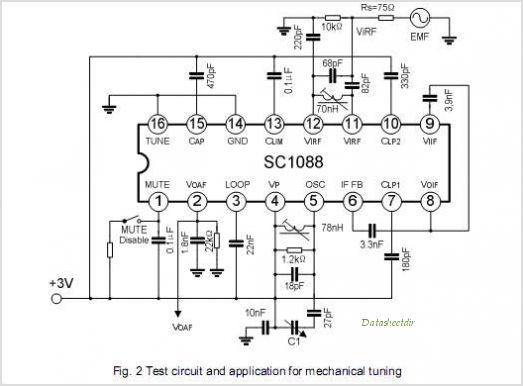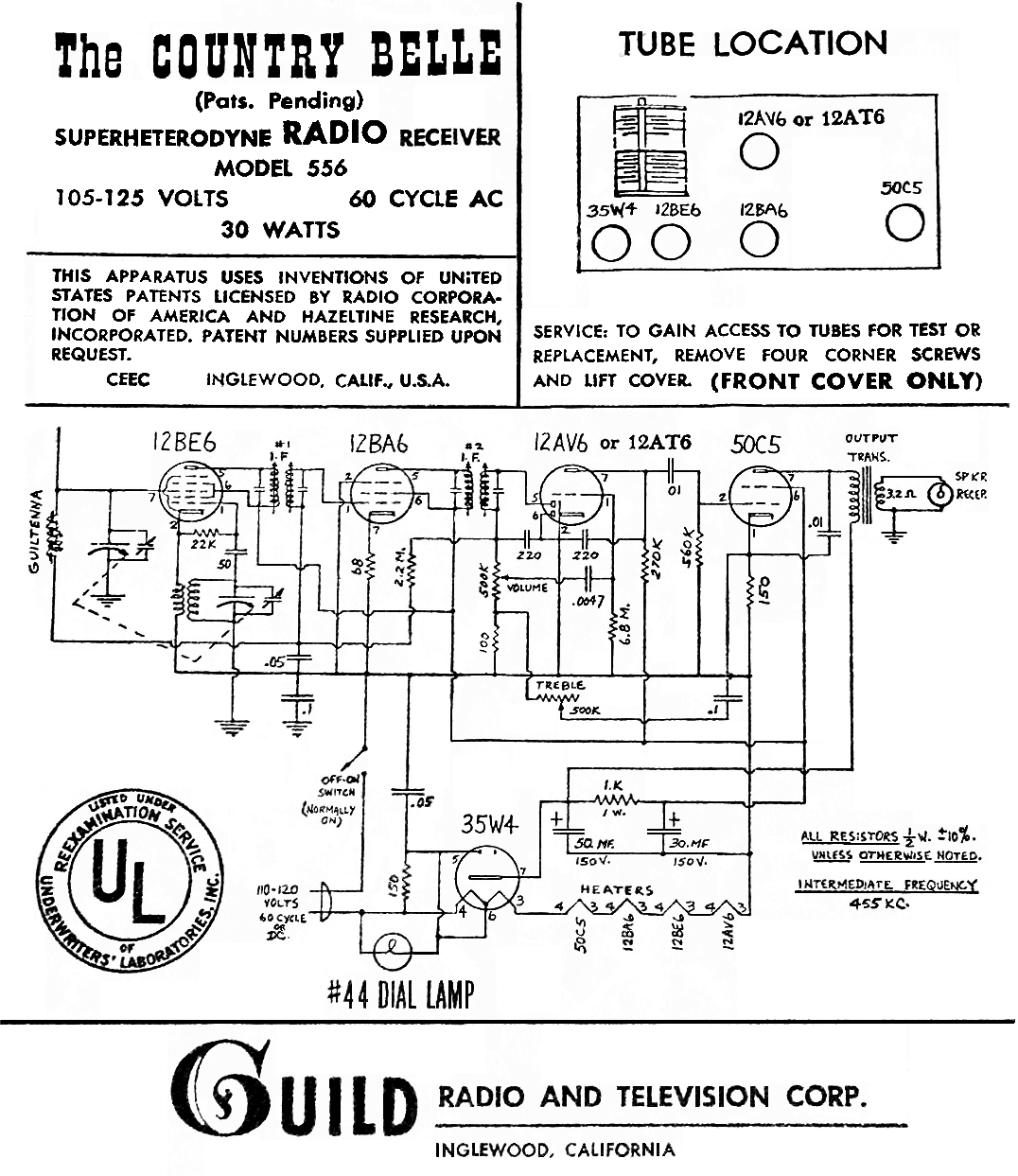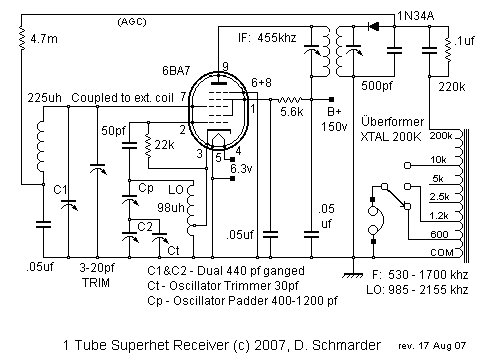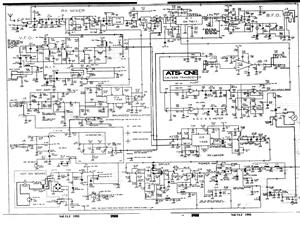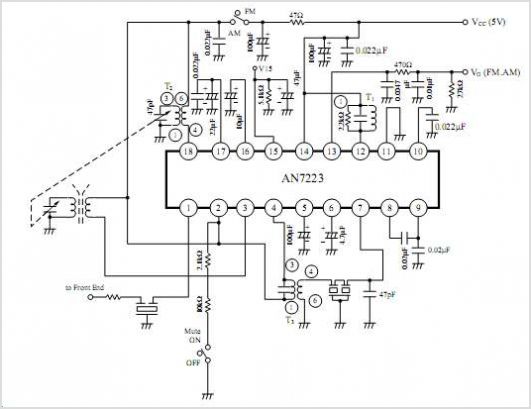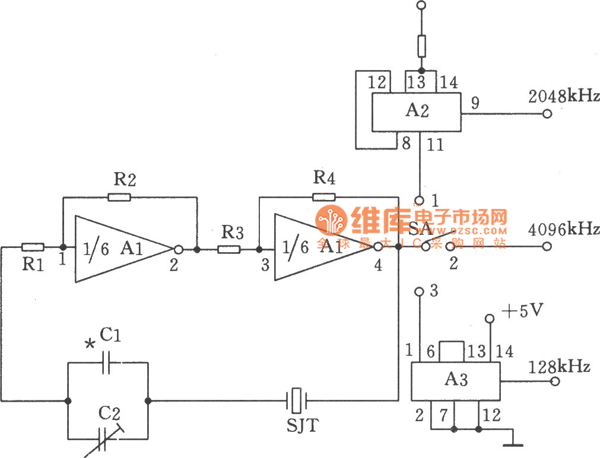
crystal radio

The radio is a single-tuned set featuring dual 365 capacitors for tuning on both the antenna and detector sides of a single coil. The coil is designed with multiple taps, a concept that was initially unfamiliar but intriguing. The Dunwoody radio includes a 1N34A diode detector, two 365 variable capacitors, Fahnestock clips, a sturdy cardboard coil form, and magnet wire for constructing the inductor. The instructions provided are clear and easy to follow. However, a crystal detector is not included, but the instructions suggest that the spacing for a germanium detector matches that of a Philmore detector, prompting further exploration into crystal technology. The galena crystal, in particular, has shown performance comparable to the germanium diode. This interest has led to experimentation with various minerals as detectors, including Galena and Pyrite, with some success noted in using Molybdenite. The Dunwoody radio is maintained in its original configuration as per the kit instructions, highlighting the first attempt at winding a coil and creating taps. The radio now features a NOS Philmore crystal detector stand, and testing has been conducted using a Pyrite crystal. The current setup has been improved with a brass crystal cup and elevated coil positioning using standoffs. The performance of the Dunwoody is moderate, with a loaded Q of 18 and a sensitivity calculation of 17%, indicating that while it may not be the most sensitive radio, it benefits from the use of an audio amplifier.
The Dunwoody radio circuit is primarily a simple yet effective design, suitable for beginners and enthusiasts interested in the fundamentals of radio technology. The single-tuned configuration allows for straightforward tuning and reception of AM signals, making it an excellent platform for learning about radio operation. The dual 365 capacitors provide fine-tuning capabilities, allowing the user to adjust the resonant frequency for optimal reception.
The inclusion of a 1N34A diode as a detector enables demodulation of the amplitude-modulated signals, converting them into audio frequencies that can be heard through an audio amplifier. The use of various materials for crystal detectors, such as galena and pyrite, underscores the experimental nature of this radio project, where different mineral properties can affect detection efficiency.
The coil's multiple taps are a critical feature, allowing for adjustments in inductance and enhancing the radio's ability to tune into various frequencies. This flexibility is essential for adapting the radio to different broadcasting conditions. The construction of the coil on a cardboard form with magnet wire is a traditional method that emphasizes the hands-on aspect of building a crystal radio.
The performance metrics, including a loaded Q of 18, indicate that while the radio may not achieve the highest sensitivity compared to more advanced designs, it still functions adequately for local AM reception. The modest sensitivity calculation suggests that further optimization may be required, particularly in terms of antenna design and the use of audio amplification to enhance the listening experience.
Overall, the Dunwoody radio serves as a practical introduction to radio construction and operation, allowing users to explore the principles of radio frequency, detection, and amplification while engaging with the materials and techniques involved in building a crystal radio.The radio itself is a single-tuned set with dual 365 caps tuning on the antenna and detector sides of the single coil. The coil features numerous taps, a concept I was quite unfamiliar with and curious about when I first considered the set for purchase.
I figured I had much to learn and the set seems a good and serious way to begin. The Dunwoody comes with a 1N34A diode detector, two 365 variable capacitors, fahnestock clips, a sturdy cardboard coil form and magnet wire to make the inductor. The included instructions are clear and easy to follow. One item not included or part of the radio is a crystal detector, but the instructions give a hint by stating that the spacing for the germanium detector are the same as for a Philmore detector.
That sent me to the web and introduced me to the crystal in crystal radio. I thoroughly had the bug by this time as I searched for, and eventually acquired a Philmore detector and crystal. In fact the galena crystal is remarkably hot and often performs every bit, in my opinion, as well as my germanium diode.
This has led me back to my roots as a minerologist as well. In my fun I have subsequently learned to pot my own crystal detectors in woods metal, and tested a number of minerals as detectors, though in no systematic way. I did immediately notice that Galena and Pyrite, the most frequently cited minerals as detectors, are metallic sulfides so I have acquired additional samples of Stibnite, Molybdnite, Argentite, and Acanthite, only successful with the Molybinite.
Seems a high degree of symmetry is needed as well. My Dunwoody in its original configuration as per the kit instructions. Clearly seen is my first-ever attempt at winding a coil, first attempt at taps in said coil, and a fine radio just the same. The radio now has a NOS Philmore crystal detector stand. In this photo I am testing a Pyrite crystal sitting on a crumpled aluminum foil bed, successfully detecting 1590 Khz locally here in Houston.
In the background is my trusty Icon R75 giving me the straight poop on what station I am listening to. I was never really happy with the Philmore crystal holder though, it had to be improved. Current configuration on the Dunwoody now sporting a good brass crystal cup with set screw, also I have lifted the coil off the wood base with 1/4" standoffs.
I am not sure how much of a difference that made, but seems good practice. This photo of the set taken while prototyping a homebrew detector stand of my own. I figured if I was to become a radio builder, I would need master the detector. I am a geologost so no radio is a crystal radio without a crystal, I mean, an actual crystal! Performance summary of my Dunwoody is so so with a set Q (loaded) of 18 but my sensitivity calculation is 17%, not so great. This may be all that can be wrung out of a single-coil radio, who knows Most of my radio`s have higher sensitivity so this set definitely benefits from my audio amplifier.
🔗 External reference
The Dunwoody radio circuit is primarily a simple yet effective design, suitable for beginners and enthusiasts interested in the fundamentals of radio technology. The single-tuned configuration allows for straightforward tuning and reception of AM signals, making it an excellent platform for learning about radio operation. The dual 365 capacitors provide fine-tuning capabilities, allowing the user to adjust the resonant frequency for optimal reception.
The inclusion of a 1N34A diode as a detector enables demodulation of the amplitude-modulated signals, converting them into audio frequencies that can be heard through an audio amplifier. The use of various materials for crystal detectors, such as galena and pyrite, underscores the experimental nature of this radio project, where different mineral properties can affect detection efficiency.
The coil's multiple taps are a critical feature, allowing for adjustments in inductance and enhancing the radio's ability to tune into various frequencies. This flexibility is essential for adapting the radio to different broadcasting conditions. The construction of the coil on a cardboard form with magnet wire is a traditional method that emphasizes the hands-on aspect of building a crystal radio.
The performance metrics, including a loaded Q of 18, indicate that while the radio may not achieve the highest sensitivity compared to more advanced designs, it still functions adequately for local AM reception. The modest sensitivity calculation suggests that further optimization may be required, particularly in terms of antenna design and the use of audio amplification to enhance the listening experience.
Overall, the Dunwoody radio serves as a practical introduction to radio construction and operation, allowing users to explore the principles of radio frequency, detection, and amplification while engaging with the materials and techniques involved in building a crystal radio.The radio itself is a single-tuned set with dual 365 caps tuning on the antenna and detector sides of the single coil. The coil features numerous taps, a concept I was quite unfamiliar with and curious about when I first considered the set for purchase.
I figured I had much to learn and the set seems a good and serious way to begin. The Dunwoody comes with a 1N34A diode detector, two 365 variable capacitors, fahnestock clips, a sturdy cardboard coil form and magnet wire to make the inductor. The included instructions are clear and easy to follow. One item not included or part of the radio is a crystal detector, but the instructions give a hint by stating that the spacing for the germanium detector are the same as for a Philmore detector.
That sent me to the web and introduced me to the crystal in crystal radio. I thoroughly had the bug by this time as I searched for, and eventually acquired a Philmore detector and crystal. In fact the galena crystal is remarkably hot and often performs every bit, in my opinion, as well as my germanium diode.
This has led me back to my roots as a minerologist as well. In my fun I have subsequently learned to pot my own crystal detectors in woods metal, and tested a number of minerals as detectors, though in no systematic way. I did immediately notice that Galena and Pyrite, the most frequently cited minerals as detectors, are metallic sulfides so I have acquired additional samples of Stibnite, Molybdnite, Argentite, and Acanthite, only successful with the Molybinite.
Seems a high degree of symmetry is needed as well. My Dunwoody in its original configuration as per the kit instructions. Clearly seen is my first-ever attempt at winding a coil, first attempt at taps in said coil, and a fine radio just the same. The radio now has a NOS Philmore crystal detector stand. In this photo I am testing a Pyrite crystal sitting on a crumpled aluminum foil bed, successfully detecting 1590 Khz locally here in Houston.
In the background is my trusty Icon R75 giving me the straight poop on what station I am listening to. I was never really happy with the Philmore crystal holder though, it had to be improved. Current configuration on the Dunwoody now sporting a good brass crystal cup with set screw, also I have lifted the coil off the wood base with 1/4" standoffs.
I am not sure how much of a difference that made, but seems good practice. This photo of the set taken while prototyping a homebrew detector stand of my own. I figured if I was to become a radio builder, I would need master the detector. I am a geologost so no radio is a crystal radio without a crystal, I mean, an actual crystal! Performance summary of my Dunwoody is so so with a set Q (loaded) of 18 but my sensitivity calculation is 17%, not so great. This may be all that can be wrung out of a single-coil radio, who knows Most of my radio`s have higher sensitivity so this set definitely benefits from my audio amplifier.
🔗 External reference
